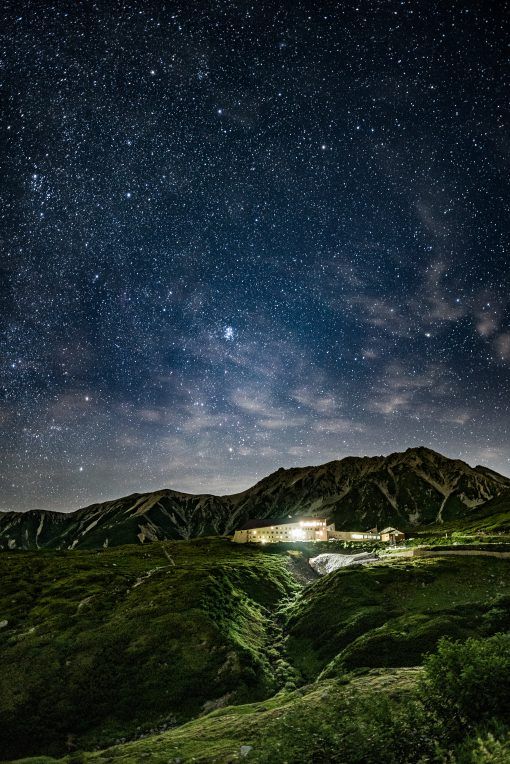Like this post? Help us by sharing it!
With over 70% of mountainous terrain, Japan has a surplus of incredible alpine vistas; nowhere is that more evident than in the majestic Japanese Alps. Here are my top 5 reasons why crossing the Alps along the Alpine Route should be on your Japan bucket list.

Hiking is my favourite way to take in the natural beauty of these mountains, but if traipsing across rocky plateaus isn’t your idea of a good time, you might like to take advantage of what is (in my opinion!) Japan’s best scenic route: the Tateyama Kurobe Alpine Route.
This unique 37km-long route crosses the Northern Alps between Toyama Prefecture to the west and Nagano Prefecture to the east, taking you up to heights of almost 2,500m (8,200ft) using a magical array of transport – trains, cable cars, trolley buses, ropeways, hiking routes… you name it, they have it! The route can be enjoyed in a day or you can take your time and stay overnight at Murodo, the highest point.
5 reasons to cross the Tateyama Kurobe Alpine Route
1. Views
I could harp on about how spectacular the views are, but they say a picture speaks a thousand words… In all honesty, the views here are like something out of the Rockies. The jagged peaks of the Tateyama Mountain Range provide the perfect backdrop as you make your away across the route, and no matter what time of year you travel, you’ll be rewarded with some envy-inducing photo opportunities.
2. Transport
Taking public transport in Japan is an absolute joy, and on the Alpine Route you get to take not one, not two, but seven different forms of transport, all of which operate like clockwork. Cable car, alpine bus, trolley bus through the mountain, even walking!
But my favourite section was the ropeway; at 1.7km long and without any support towers between the two stations, the ropeway provided seven uninterrupted minutes of panoramic views over the valley floor and Lake Kurobe. Once you reach Lake Kurobe you can then walk across Kurobe Dam, which at 186m is the tallest in Japan.
3. Walking routes
Summer comes late to the Alpine Route (there will still be snow on the ground up until the end of July) but if you’re visiting from late July until the end of October, definitely take advantage of the walking routes.
The Midagahara plateau and Murodo areas near the Toyama end are the best places to go for a gentle 30-minute stroll or a more vigorous 2-hour trek, and Mikurigaike Pond, encircled by 3,000m peaks, is a particular highlight. If you’re lucky you might be able to spot a raicho (“thunder bird”) ptarmigan, Japanese antelope or stoat.
4. Stargazing
If you decide to do the whole route at a leisurely pace across two days, you’ll break the journey at Hotel Tateyama in Murodo, which has the distinction of being the highest hotel in Japan at 2,450m above sea level. The high altitude and lack of other buildings offers the perfect location for a spot of stargazing. If the weather is particularly clear, you might even be able to see the Milky Way!
5. Snow corridor
The Alps receives heavy snowfall from November through till early April, and with walls of snow as high as 20m (65ft), the ‘Snow Corridor’ is the most popular place to witness this – and even walk along it!
When I visited in early May I’d gone from warm early summer temperatures in Tokyo and was astounded at the sheer volume of snow still on the ground up in Murodo. The snow corridor is only open to pedestrians from mid-April until late June so definitely plan your trip accordingly.
If Madeleine has inspired you to traverse the Alpine route (by plane, train or automobile…) get in touch with our team.







